Technical Reports Road network operations
This page lists technical reports of PIARC in the field of road network operations. These publications are classified chronologically.
-
Well-Prepared Projects in Low- and Middle-Income Countries - A PIARC Technical Report
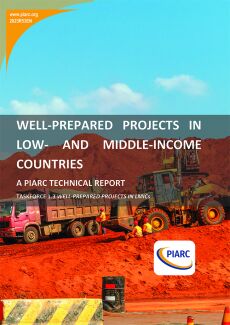
The issue of good preparation of road projects was already dealt with by PIARC Taskforce 1.1 in 2020 and 2021. However, contacts with major organizations concerned, such as Multilateral Development Banks (MDBs), were made difficult during the pandemic. Also, the number of representatives from Low- and Middle-Income Countries (LMICs) in the Taskforce was very limited. These circumstances did not allow the Taskforce to consider the specific case of road projects prepared in LMICs. PIARC therefore [...]
-
Low Emission Zones – Planning and Implementation - A PIARC Briefing Note
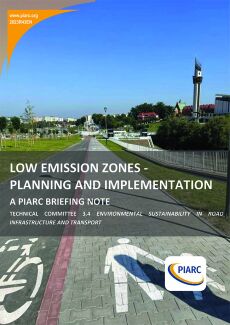
Air pollution problems are often observed in the roadside areas of metropolitan regions, where a lot of emission sources such as factories, business offices, residential houses and vehicles accumulate. Increasing congestion in cities with no or limited restrictions on driving in urban areas is contributing to a number of social- and health-related problems. Many countries are considering various types of restrictions on car traffic – especially in urban centers. The fastest-growing scheme since [...]
-
Near Road Air Quality - A PIARC Briefing Note
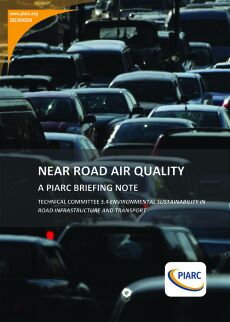
“Air pollution problems are often observed in the roadside areas of metropolitan regions, where a lot of emission sources such as factories, business offices, residential houses and vehicles accumulate. Such air pollutions are caused by emissions of SO2, NO2, CO, HC, PM10, PM2.5 etc. which are designated as air pollutants in most countries across the world. In order to carry out air pollution abatement measures, we have long-term evaluation values and short-term evaluation values as regulation [...]
-
Renewal and Rejuvenation of Aging Infrastructure - Technical Report
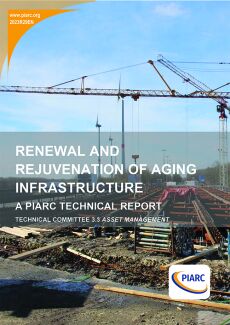
For the purpose of this research, “aging infrastructure” is defined as any road related assets that are approaching the end of their expected service life or have prematurely deteriorated in condition and are no longer providing the required level of service. This may be due to shorter service life due to assets not performing as expected, changing usage of the network, changing environment since design and construction of assets, and / or underinvestment in maintenance that has created a backlog [...]
-
Uniform and Holistic Approaches to Resilience: Climate Change and Other Hazards - Technical Report
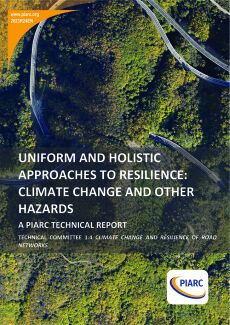
This report focuses on the resilience of road networks in the context of climate change and various hazards, emphasizing the need to consider environmental risks, chronic threats, and acute shocks. Natural hazards are highlighted as a significant global challenge, with extreme weather events and human-induced environmental damage considered the most detrimental threats to road infrastructures. The report calls for urgent attention and strategic planning, strongly encouraging the inclusion of an [...]
1 / 68
- Previous
- Next